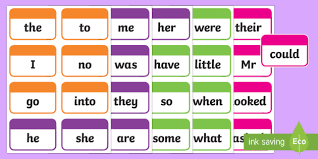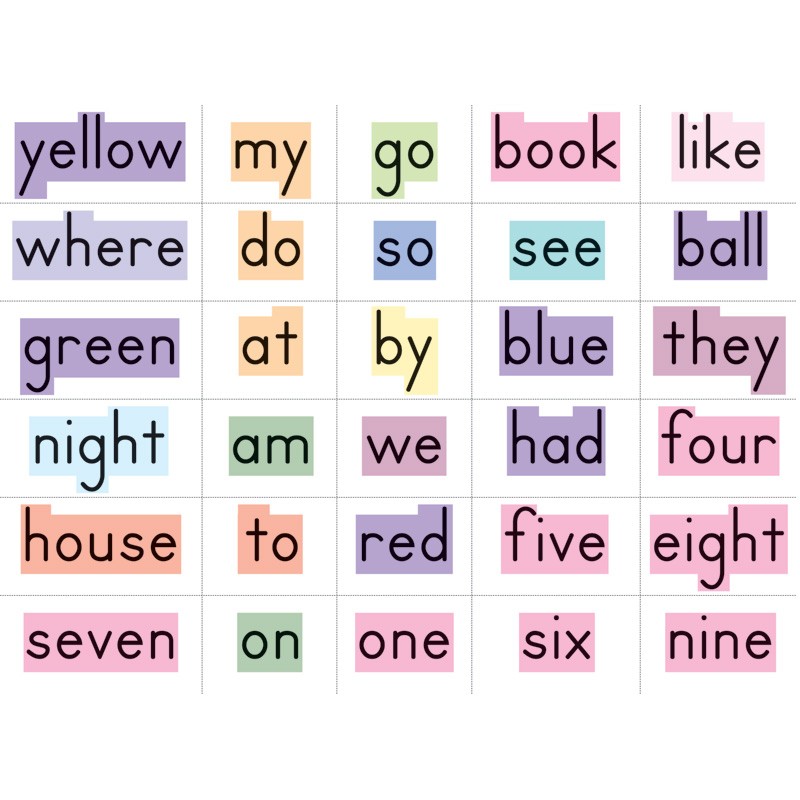This is the second part of “Teaching with Phonics. Introductory steps”.
Now, I will try to summary some of the literacy skills we can work in the English class with Primary students.
Once students has been introduced to phonics, learning specific sounds and graphemes, it’s time to continue developing literacy skills that let them master reading and writing skills in English.
1. Spelling
This is one of the basic skills in the process of writing down words (encoding). After practising forming letters, children should be able to produce their own short pieces of writing, spelling simple words correctly.
If we stablish spelling as a routine, children will soon get used to it and will be able to spell everyday words easily.

1. Spelling patterns.
Then, children are ready to take a more in-depth look to phonic rules and patterns of different words.
For example, words ending –ake:
Make – take – bake – cake – shake
These are some frequent spelling patterns:
- Final –e words like: Love – dove – above – give – cave – brave
- Silent letters like “k” and “w”: knee – knock – write
- Words ending –tion : action – fiction – perfection
- Words that need a consonant to be doubled: hot – hotter, sun – sunny, fun – funny
- Words ending –y that changes plural –ies : party – parties, copy – copies, pony – ponies

1. Tricky words
Children will also learn exception or tricky words. These are words commonly found in the English language, but which do not follow the spelling rules they have been taught so far.
Teacher may give children lists of tricky words and spellings to learn at home, but will also need to provide various activities for them to do at school.

One of the most effective teaching strategies to work on these skills in the class is the use of Word walls.
1. Word walls
A word wall is a group of words that are displayed on a wall, bulletin board, chalkboard, or whiteboard in a classroom. The words are printed in a large font so that they are easily visible from all student seating areas. These words are referred to continually throughout a unit or term by the teacher and students during a variety of activities.
Word wall activities encourage active student participation. Gestures, such as pointing to key words during a lesson, offer visual reinforcement which can be very helpful for students.

Word wall activities can be used to improve literacy in all curriculum areas by helping students build vocabulary, improve spelling in written work, and explain ideas through oral communication.
Use of Word walls :
- - provide an approach to meaningful teaching of vocabulary with an emphasis on student engagement and higher level thinking skills
- - build vocabulary, thereby improving reading comprehension and writing style
- - reinforce understanding of subject-specific terminology with a focus on students internalizing key concepts
- - help students improve spelling and awareness of spelling patterns
- - provide visual cues for students
- - encourage increased student independence when reading and writing